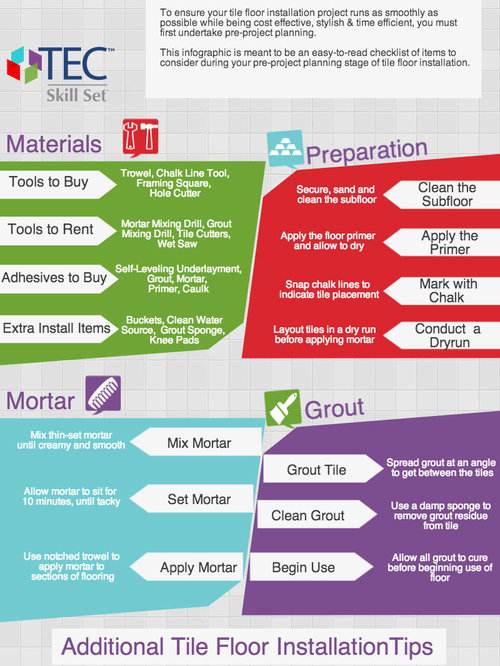How To Budget For Your Floor Covering Task: A Practical Overview
How To Budget For Your Floor Covering Task: A Practical Overview
Blog Article
Write-Up Developed By-Elgaard Terkildsen
When you're planning a flooring task, budgeting isn't just about choosing a number; it's about recognizing what you really need and the expenses included. You'll wish to assess your certain requirements, research numerous products, and anticipate unexpected expenditures. Think of exactly how aspects like space objective and setup methods can influence your budget plan. But prior to you jump in, there are some critical details you may overlook that might considerably affect your overall expenses. Allow's explore exactly how to navigate these complexities and ensure your project stays on track.
Assessing Your Floor Covering Requirements
Prior to diving into your flooring project, it's crucial to evaluate your flooring needs. Beginning by considering the certain locations where you prepare to set up new flooring. Think about the objective of each space. As an example, kitchens and bathrooms need waterproof materials, while living locations could gain from comfort and looks.
Next off, evaluate the status quo of your floorings. Are there any kind of structural issues, such as uneven surfaces or moisture issues? Dealing with these issues at an early stage can save you time and money down the line.
Additionally, remember of the measurements of each area to figure out just how much floor covering you'll require.
Don't neglect to consider your way of living. If you have animals or young children, resilience may be your top concern, while a more official area may ask for a luxurious surface. Additionally, think about your layout preferences. Do you favor a classic look, or are you drawn to modern-day styles?
Lastly, be practical about how much maintenance you want to commit to. Some materials require even more maintenance than others. By comprehending your demands plainly, you'll be much better equipped to make educated choices as you move on with your flooring job.
Estimating Expenses and Materials
Estimating expenses and products is an essential step in your floor covering project that can substantially influence your general budget. Begin by determining your room properly to establish how much floor covering you'll require. For many products, you'll discover pricing by square foot, so collect quotes from different vendors to obtain a sensible number.
Next, consider the type of floor covering you desire. Choices like hardwood, laminate, tile, or carpet all featured various rate points. Study the prices for each and every and factor in any type of additional materials like underlayment, sticky, or shift strips.
Do not forget to include tools if you're preparing a do it yourself installment, as renting out or purchasing tools can add to your expenses.
Labor expenses are one more vital consideration. If you're employing professionals, get quotes from multiple specialists to ensure you're obtaining a reasonable rate. Be clear about the extent of job to prevent unexpected fees later.
Lastly, it's a good idea to allot a small portion of your allocate any type of unexpected prices related to products. By completely estimating your prices and products in advance, you'll establish on your own up for a smoother and extra convenient flooring project.
Planning for Hidden Expenditures
Lots of home owners neglect the surprise expenditures that can develop during a floor covering project, which can result in budget plan overruns. To prevent this, you need to plan for prospective extra prices.
Initially, take into consideration the problem of your existing subfloor. If it's damaged or unequal, you'll likely need repair services or leveling, which can add dramatically to your total cost.
Next, think about removal and disposal fees for your old flooring. Numerous specialists bill additional for this solution, so variable that right into your budget.
Additionally, don't ignore the prices of underlayment, which might not be consisted of in the initial quote but are necessary for a successful installment.
https://www.architecturaldigest.com/story/kim-and-kanye-contractor-projects-never-to-diy-without-a-professional should additionally get ready for unanticipated complications, such as plumbing or electric job if your flooring task includes relocating components. It's important to set aside a minimum of 10-15% of your complete allocate these unanticipated expenditures.
Last but not least, keep in mind that authorizations might be needed for sure setups. Always inspect regional regulations to prevent penalties or delays.
https://redokitchenisland33210.ambien-blog.com/38998053/you-ll-find-how-a-specialist-concrete-layers-business-can-transform-your-flooring-while-boosting-resilience-and-style-but-what-other-surprising-benefits-await , budgeting for your floor covering task is essential for an effective end result. By evaluating your demands, estimating costs, and preparation for surprise expenditures, you'll stay clear of surprises and remain on track. Keep in mind to allot a portion of your allocate unforeseen expenses and maintain an in-depth breakdown of your expenditures. With careful preparation and consideration, you'll create an attractive space that satisfies your requirements without breaking the financial institution. Satisfied flooring!
